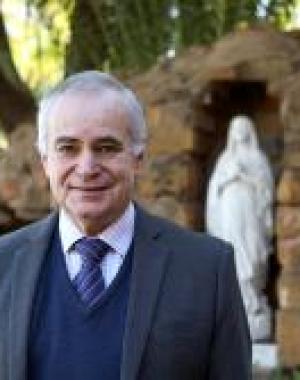There is a compelling challenge that every catechist must face: having fallen in love with Christ ourselves, how do we pass this love on to others? The answer is far from simple. Human beings are multi-dimensional, so we have to work on many levels simultaneously. In considering how to approach this work, we are indebted to the great Roman catechist, Sofia Cavalletti. It was she who drew attention to the typical order in which catechesis—indeed all human learning—unfolds, especially for children: first the body, then the heart, then the mind. If we are to catechize well, we need to follow this order, or we may find ourselves working against human nature instead of with it. Hans Urs von Balthasar, in more elevated, theological language, proposed the same basic progression: first beauty, then goodness, then truth. Both Cavalletti and von Balthasar discerned the Trinitarian analogy underpinning this human learning process, and consequently, elements of Trinitarian theology can be applied. For example, while each “aspect” is distinct, none of them can be neatly separated from the others; they always operate together. Whatever is perceived by the senses will in some way affect the heart and then be reflected upon by the mind. Sometimes, it may seem like this is happening in the same instant of time, and at other times, each dimension may follow on from the other slowly and ponderously, with the meaning finally dawning on us weeks, months, or years afterwards. How then can we integrate this insight into our catechetical practice? It would seem that a significant part of the answer lies in retrieving a catechetical approach almost as ancient as the Church itself, one that uses the same human learning progression identified by Cavalletti and von Balthasar. It is called mystagogy, which is essentially an unfolding of the holy mysteries revealed in the Scriptures through the liturgical signs by which they are celebrated and made present.
The rest of this online article is available for current Guild members.
This article is from The Catechetical Review (Online Edition ISSN 2379-6324) and may be copied for catechetical purposes only. It may not be reprinted in another published work without the permission of The Catechetical Review by contacting [email protected]


















